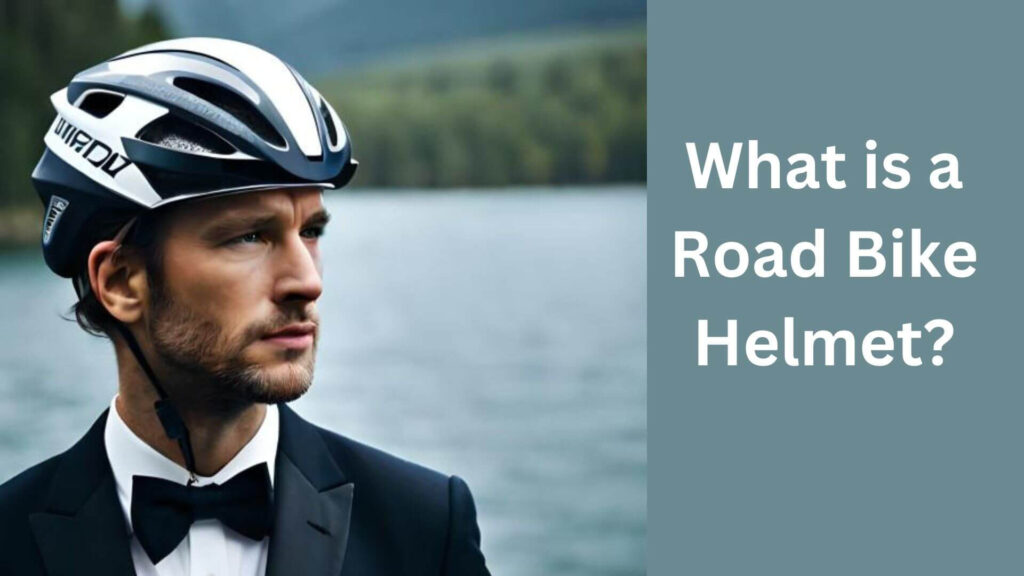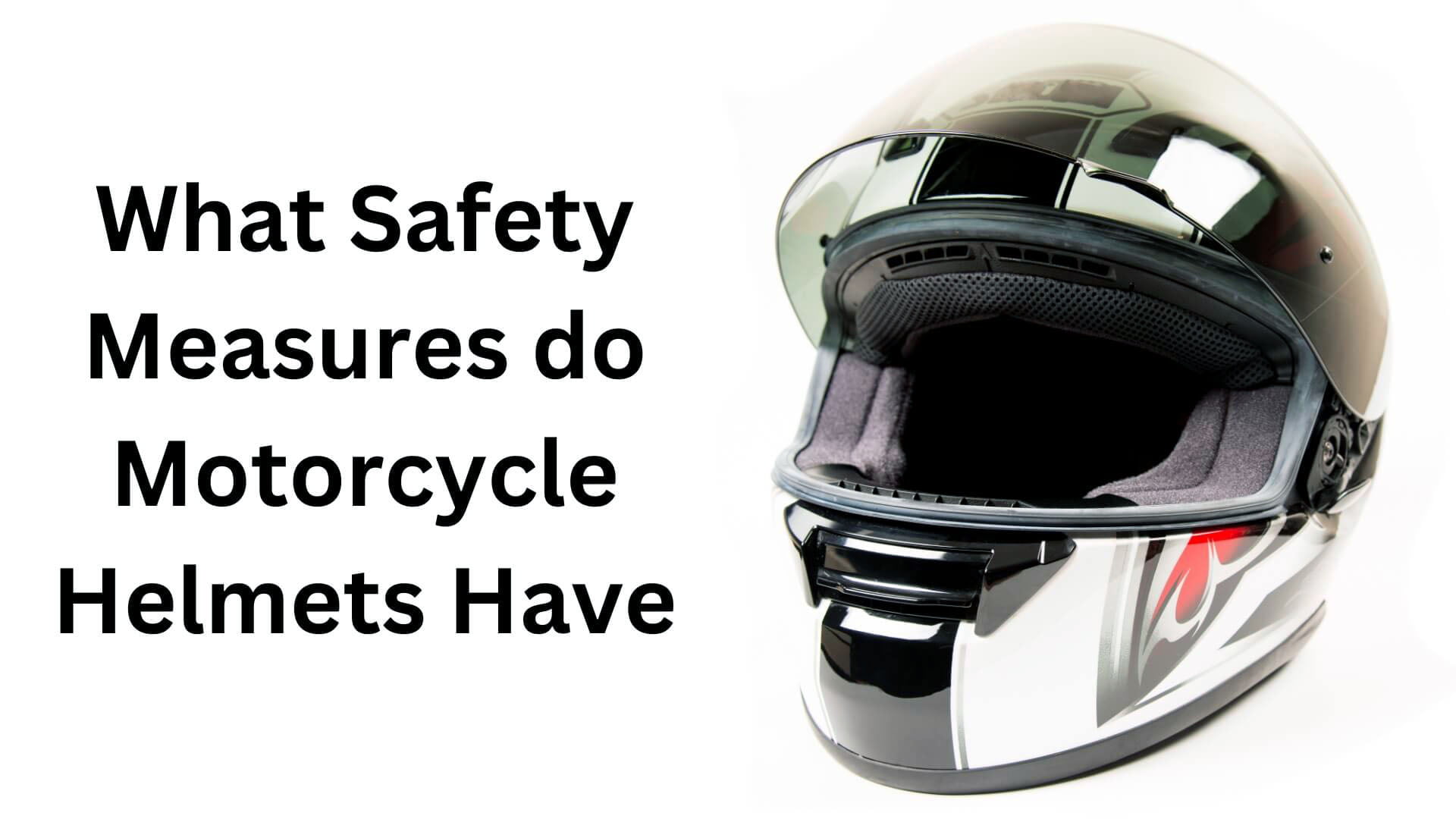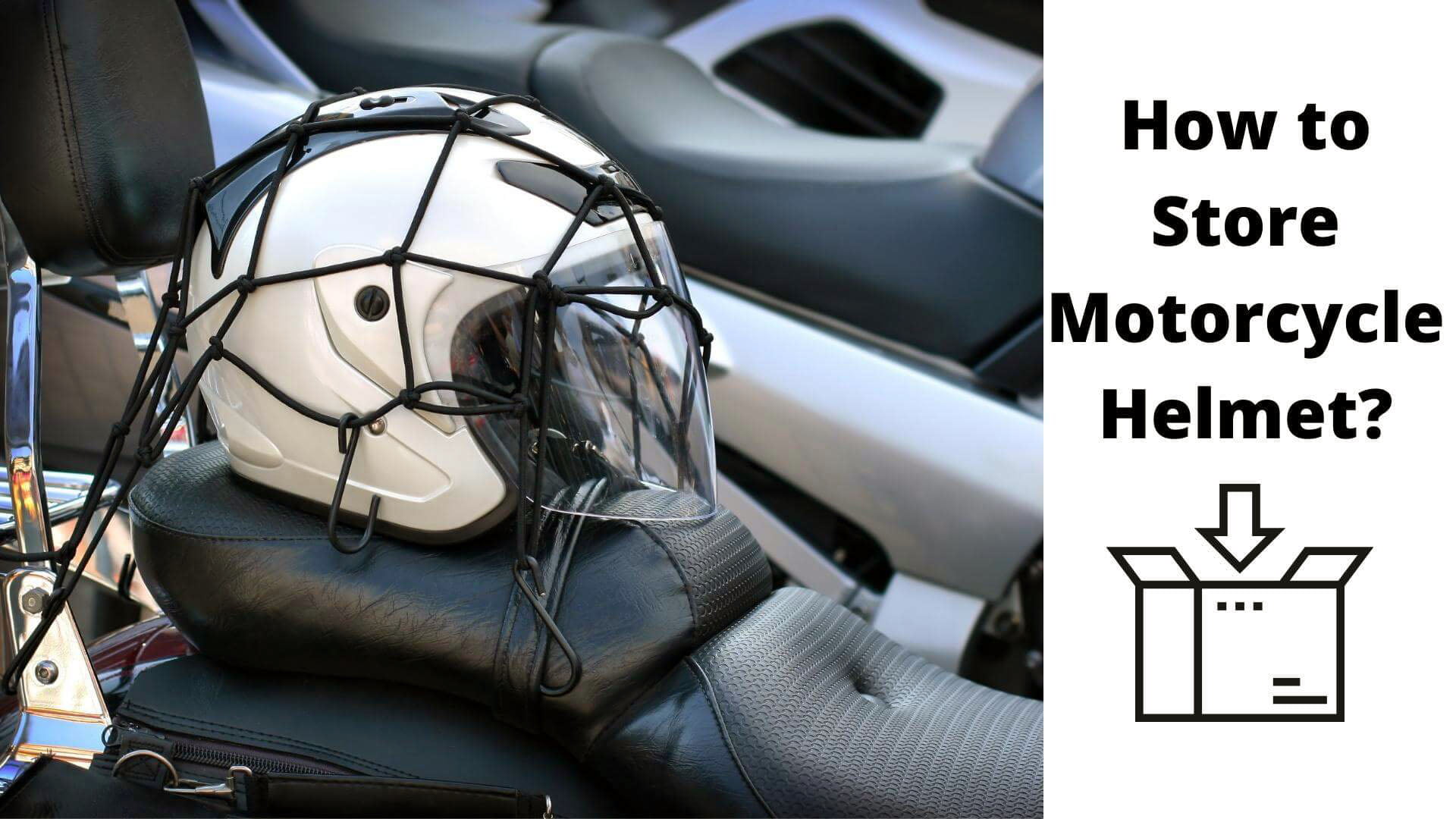Gravel Bike Helmet vs Road Bike Helmet: What’s the Difference?

Hey, You’re cycling down a scenic route on a beautiful summer day, feeling the wind in your hair and the sun on your skin. Suddenly, you lose your balance and fall off your bike, hitting your head on the pavement.
Without a helmet, this simple mishap could turn into a life-threatening injury. Did you know that wearing a helmet while cycling can reduce your risk of head injury by up to 85%?
With the growing popularity of gravel biking, many riders wonder if there’s a fundamental difference between the two types of helmets.
While both helmets share similarities in design and construction, they have distinct features that set them apart.
In this blog post, I’ll explore the key differences between gravel and road bike helmets, so you can decide which is right for you. Ready to get started? Let’s dive in!
What is a Gravel Bike Helmet?

A gravel bike helmet is a type of helmet explicitly designed for use with gravel bikes. Gravel bikes are designed for cycling on rough terrains such as gravel paths and unpaved roads.
They typically have wider tires, a more relaxed geometry, and more clearance for mud and debris than road bikes.
Key Features Of A Gravel Bike Helmet Include:
- This refers to the extension of helmet coverage to the rear and sides of the head, which provides additional protection.
- Enhanced ventilation to keep you cool on long rides
- Visor or removable peak to shield your eyes from the sun, wind, and rain
- More rigid construction to withstand impacts from rocks and other debris on gravel roads and trails
Compared to other types of helmets, such as road bike helmets, gravel bike helmets tend to have a more rugged appearance and offer excellent protection and versatility for off-road riding.
However, they may not be as aerodynamic as road bike helmets and could be heavier, affecting performance on smooth roads.
Check Also: The 9 Best Gravel Bike Helmets to Make Your Ride Comfier!
What is a Road Bike Helmet?

A road bike helmet is a type of helmet explicitly designed for use with road bikes. Road bikes are a type of bicycle intended for paved roads and are typically used for racing, touring, or commuting. They are characterized by their lightweight frames, narrow tires, and drop handlebars.
Key Features Of A Road Bike Helmet Include:
- Streamlined shape to reduce wind resistance and improve aerodynamics
- Lightweight construction to minimize weight and increase comfort
- Ventilation channels to keep you cool during intense rides
- Minimal coverage at the back of the head to reduce weight and improve ventilation
Compared to other types of helmets, road bike helmets are typically the lightest and most aerodynamic.
However, they may offer less protection or versatility than other types, such as gravel bike helmets. They are best suited for road cycling and may not be suitable for off-road riding.
Check Also: 9 Best Road Bike Helmet Under $100
Gravel Bike Helmet vs. Road Bike Helmet:
Here’s a table outlining the main differences between gravel bike helmets and road bike helmets:
| Feature | Gravel Bike Helmets | Road Bike Helmets |
| Terrain | Designed for varied terrain | Designed for smooth, paved roads |
| Coverage | Increased coverage at the back and sides of the head | Minimal coverage at the back of the head |
| Ventilation | Enhanced ventilation to keep you cool on long rides | Ventilation channels for increased airflow |
| Visor/peak | Often has a visor or removable peak to shield your eyes from the sun, wind, and rain | Minimal or no visor/peak |
| Construction | More rigid construction to withstand impacts from rocks and other debris on gravel roads and trails | Lightweight construction for improved aerodynamics |
| Primary Use | Best suited for off-road riding and gravel cycling | Best suited for road cycling |
While some critical differences exist between gravel and road bike helmets, some overlap may exist.
Additionally, personal preference and the type of riding you will ultimately determine which helmet is best for you.
When to Wear a Gravel Bike Helmet and Road Bike Helmet?
There’s a table outlining when to wear a gravel bike helmet versus a road bike helmet:
| Scenario | Gravel Bike Helmet | Road Bike Helmet |
| Gravel riding | Always wear a gravel bike helmet for the increased protection it provides from impacts with rocks and other debris. | Optional, but wearing a road bike helmet is still recommended for additional protection in case of accidents or falls. |
| Off-road riding | Always wears a gravel bike helmet for its increased coverage and durability. | Optional, but wearing a road bike helmet is still recommended for additional protection in case of accidents or falls. |
| Long-distance rides | are Recommended for their enhanced ventilation, which will keep you cool and comfortable on long rides. | They recommended their lightweight and aerodynamic design, which will help reduce fatigue on long rides. |
| Commuting | is Optional but still recommended for the added protection it provides. | They urged their lightweight and aerodynamic design, which will help reduce fatigue on long rides. |
| Racing | is Optional but still recommended for the added protection it provides. | Always wear a road bike helmet for racing, as they are specifically designed to meet the needs of competitive cycling. |
It’s important to note that while gravel and road bike helmets have specific uses and benefits, the decision to wear a helmet is. At the same time, cycling should not be based on your type of cycling but instead on protecting your head from injury.
Maintenance and Care for Gravel bike helmets and Road Bike Helmets
Maintaining and caring for your gravel or road bike helmet ensure its effectiveness and longevity.
- Regularly clean your helmet: Dirt, sweat, and grime can accumulate on your helmet, which can reduce its effectiveness and also create unpleasant odors.
You can clean your helmet with mild soap or shampoo and water. Avoid harsh chemicals or abrasive cleaners, which can damage the helmet’s surface.
- Check the straps: Ensure the straps are correctly adjusted and not frayed. Tighten or replace them if necessary.
- Inspect the shell: Check the exterior for cracks, dents, or other signs of damage.
If you observe any signs of damage to your helmet, it is essential to replace it immediately.
- Replace your helmet after a crash: Even if it appears undamaged, it may have suffered internal damage that can compromise its effectiveness. It’s best to replace the helmet after any significant impact.
- Store your helmet correctly in a cool, dry place when not using it. Avoid exposing it to direct sunlight or extreme temperatures, as they can damage the helmet’s materials.
By following these simple tips, you can ensure that your gravel or road bike helmet remains in good condition and provides the protection you need on the road.
The Pros And Cons Of Gravel Bike Helmets

Here is a table outlining the pros and cons of gravel bike helmets:
| Pros | Cons |
| Provide excellent protection for the head | They may be heavier than road bike helmets |
| Designed to withstand rough terrain | It may have limited ventilation |
| Typically feature extended coverage | They may be more expensive than road bike helmets |
| It can be used for multiple activities | They may have a bulkier appearance than road bike helmets |
| Often have visors to block the sun and debris | They may not be as aerodynamic as road bike helmets |
| It can be more comfortable for long rides | |
| May have more customization options available |
Overall, gravel bike helmets offer excellent protection and are designed for rough terrain, making them a great choice for gravel riding.
However, they may be heavier and less ventilated than road bike helmets and have a bulkier appearance. Additionally, they may be more expensive and less aerodynamic than road bike helmets.
Nevertheless, gravel bike helmets can be a comfortable option for long rides and often offer more customization options, such as visors to block sun and debris.
The Pros And Cons Of Road Bike Helmets
Here is a table outlining the pros and cons of road bike helmets:
| Pros | Cons |
| Lightweight and aerodynamic design | It may not provide as much coverage as other helmets |
| Excellent ventilation for breathability | It might give a different level of comfort during longer rides. |
| Often feature advanced safety technologies | May not have visors to block sun and debris |
| It may have sleek and stylish designs | It may not be as durable as other types of helmets |
| It can be more affordable than other helmets | It may not be suitable for all kinds of riding |
| May have adjustable sizing for a better fit |
Road bike helmets are lightweight and aerodynamic, making them great for road cycling. They also offer excellent ventilation and advanced safety technologies and may have sleek designs.
However, they may provide less coverage than other helmets, may not be as comfortable for longer rides, and may need visors to block sun and debris.
They may also not be as durable as other types of helmets and may only be suitable for some types of riding.
Nevertheless, they are often affordable and may have adjustable sizing for a better fit.
FAQS About Gravel Bike Helmet vs. Road Bike Helmet: What’s the Difference?
What is the difference between a gravel bike helmet and a road bike helmet?
Gravel bike helmets and road bike helmets have a few key differences. Gravel helmets typically have more coverage around the back of the head and temples and may also have a visor or sun shield. Road helmets tend to be more aerodynamic and have more ventilation.
Can I use a road bike helmet for gravel riding?
While not recommended, you can use a road bike helmet for gravel riding. However, remember that gravel riding involves more technical terrain and a higher risk of crashes. A gravel-specific helmet with more coverage and protection may be a better option for safety.
Can I use a gravel bike helmet for road cycling?
Yes, you can use a gravel bike helmet for road cycling. However, gravel helmets are slightly heavier and have less ventilation than road helmets so you may feel more heat during long rides.
Are gravel bike helmets more expensive than road bike helmets?
Gravel and road bike helmets are priced similarly, and the cost typically depends on the brand, features, and level of protection. Some high-end gravel helmets may be more expensive than entry-level road helmets, but this is only sometimes true.
What features should I look for in a gravel bike helmet?
When looking for a gravel bike helmet, you should consider the level of protection, coverage, ventilation, and comfort.
Look for a helmet with extended coverage around the back of the head and temples, a visor or sun shield for bright conditions, and ample ventilation to keep you cool on hot days. Comfort features such as adjustable straps and a secure fit system can enhance your riding experience.
Final Thought
In conclusion, choosing the fitting helmet for your cycling needs is crucial for your safety and comfort. While gravel and road bike helmets share some similarities, they also have distinct differences that make them suitable for different types of cycling.
Gravel bike helmets are designed to provide more coverage and protection for off-road adventures, while road bike helmets prioritize aerodynamics and ventilation for high-speed rides on smooth roads.
Ultimately, the choice between a gravel bike helmet and a road bike helmet depends on your cycling preferences and the terrain you’ll be riding on.
Understanding the differences between these two types of helmets allows you to make an informed decision and enjoy a safe and comfortable ride.
Always prioritize safety first and wear a helmet every time you ride, regardless of your cycling type.

Hey, I’m Hrithik Hossain. I am the head of helmethacks.com, which specializes in safety helmets. I am looking to connect with anyone interested in purchasing a helmet or who has any questions about different types of helmets. I have over 8 years of experience as a helmet expert, and I can’t wait to help you find the perfect helmet for you. I can help you with any questions regarding helmets, from the best brands to fitting, style, and more! I really enjoy keeping people safe by ensuring they have the best protection possible.







